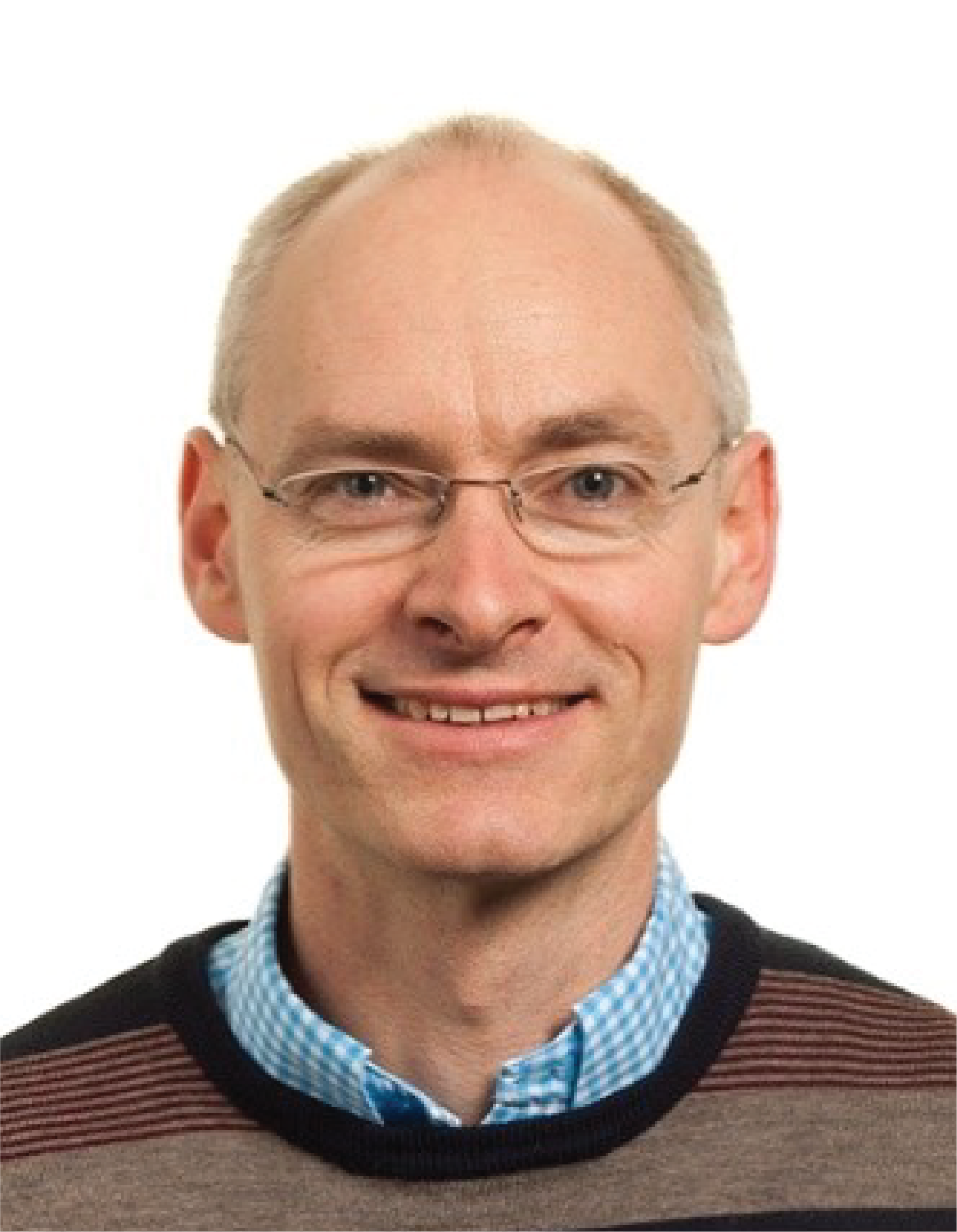International Conference on Plasma Sciences
6 - 10 December 2020, Singapore
Plenary speakers

MICHAEL B. JOHNSTON
University of Oxford, UK"From Terahertz Spectroscopy to Novel Devices"
MICHAEL B. JOHNSTON
University of Oxford, UKMichael Johnston is Professor of Physics at the University of Oxford and a fellow of Corpus Christi College Oxford, and the Institute of Physics. He received his B.Sc. (Hons) from the University of New South Wales, (Sydney, Australia) in 1996 and a PhD in Physics from the same institution in 2000. He joined the faculty at the Department of Physics, University of Oxford in 2002, where he established and currently leads a research group specializing on semiconductor physics, photovoltaics and terahertz photonics within the Clarendon Laboratory. Professor Johnston's research achievements have been recognized by a series of awards including the Friedrich Wilhelm Bessel Research Award from the Alexander von Humboldt Foundation (2019), the Harrie Massey Medal and Prize from the Institute of Physics and Australian Institute of Physics (2018) and the IUMRS Somiya Award for International Collaboration Excellence in Materials Research (2017). Professor Johnston's research interests encompass the physics of charge dynamics in semiconductors and light matter interactions. His research stretches from fundamental physics to real-world applications and encompasses the fields of terahertz (THz) science and technology, semiconductor nanostructures and photovoltaics. In particular, he has studied charge-carrier dynamics in semiconductors nanowires by single-cycle terahertz probes, developing both instrumentation and new theories to uncover the underlying physics. Knowledge gained from these spectroscopic studies of fundamental charge dynamics in nanowires has led to the invention of novel ultra-high-speed photonic devices. Such devices include the first photoconductive THz detectors based on a single nanowire and an ultrafast terahertz modulator with picosecond switching times. He has also created a novel process for vapor deposition of metal halide perovskite semiconductors. This work was key to the creation of the first perovskite solar cell based on an efficient planar heterojunction architecture, now the gold standard in this area. The vapor deposition method has promise for the large-scale industrial production of cheap and high efficiency solar cells for clean solar to electrical energy conversion. Professor Johnston has written over 150 original research articles and was instigator and editor of "The 2017 terahertz science and technology roadmap". He is currently listed as a Web of Science Highly Cited Researcher.
From Terahertz Spectroscopy to Novel Devices
Realizing the potential of new materials in electronic devices requires a good understanding of their electrical properties. However, characterizing such materials can be challenging, particularly if the technology for making electrical contacts to them is yet to be developed. This is where non-contact probes of electrical conductivity come to the fore. In particular time-resolved terahertz photoconductivity spectroscopy (TRTPS) is an excellent free-space probe of the electronic properties of semiconductors that also allows charge-carrier dynamics to be followed with sub-picosecond time resolution. Thus, not only can the key figures-of-merit of a material be determined, but also parameters of charge formation and recombination. Two case studies will be followed that illustrate the creation of new devices as a result of fundamental insights gained through TRTPS: One example based on nanotechnology and the other on a new class of semiconductors. Firstly, TRTPS studies of ultrafast charge dynamics in single-crystal group III-V semiconductors have led to the realization of THz radiation modulators with picosecond switching speed, and novel photoconductive THz detectors. Secondly TRTPS studies of charge mobility and recombination dynamics in metal halide perovskite semiconductors4 resulted in the development of high-efficiency photovoltaic devices and light emitters from these hybrid materials. The fascinating physical properties of both these materials systems leads to different contacting challenges, but also enables some excellent characteristics in optimized electronic devices.